The allure of the night has long captivated human imagination, and within the shadows dwell some of nature’s most secretive and fascinating creatures: nocturnal wild cats. These elusive predators, often heard but seldom seen, navigate the darkened world with remarkable adaptations and behaviors that set them apart from their diurnal relatives. In this article, we will explore the clandestine habits of these cats, unveiling the secrets of their night-time activities and the adaptations that make them masters of the shadows.
Introduction to Nocturnal Cats
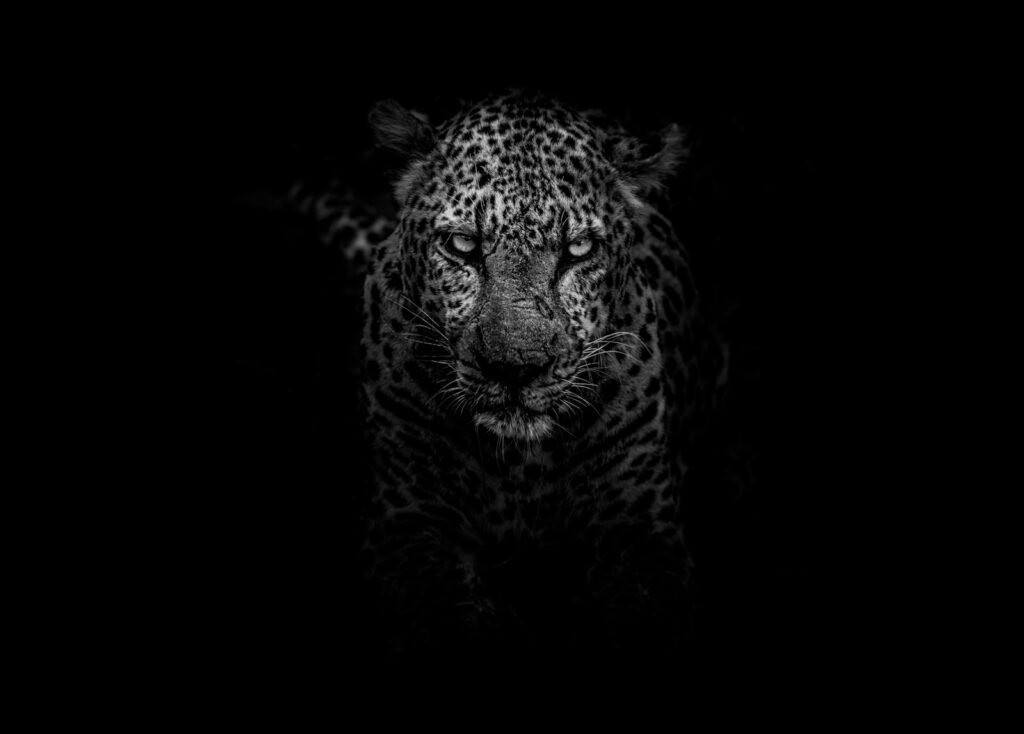
Nocturnal wild cats, like the awe-inspiring tiger and the adaptable bobcat, have evolved to thrive in the cover of darkness. Possessing keen senses and silent movements, these cats execute their predatory roles with skill. To understand these animals better, we must delve into the characteristics that define their night-time existence.
The Significance of Nighttime Hunting
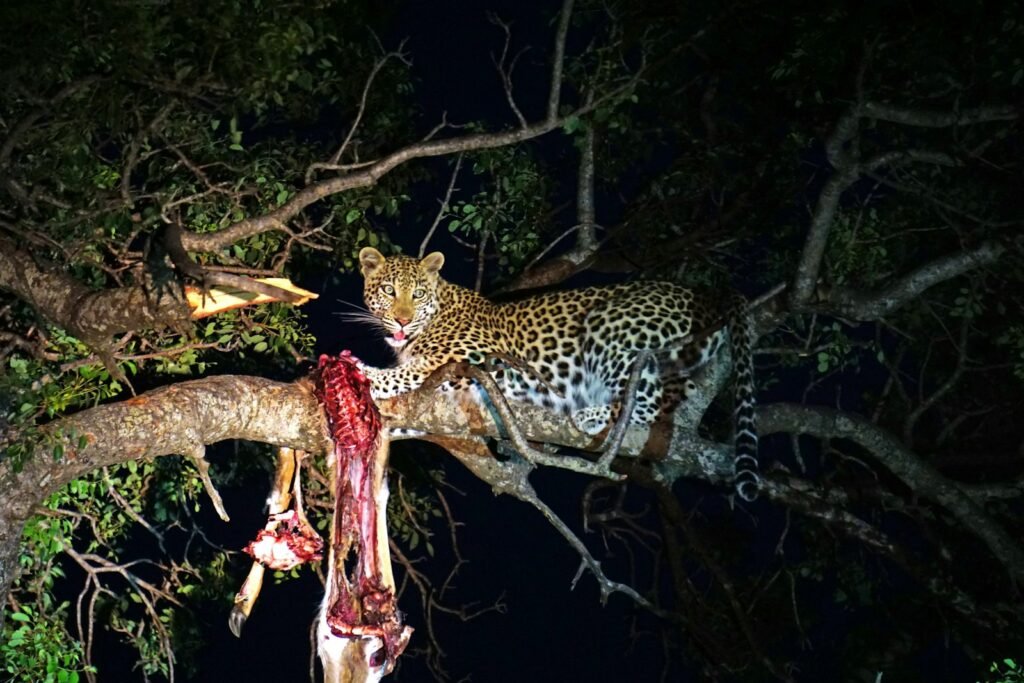
The darkness provides a blanket of secrecy for nocturnal predators. For cats like the African leopard, the cover of night makes hunting easier. Their prey, often unsuspecting and less alert under nightfall, becomes vulnerable, allowing these predators to hunt successfully.
Adaptations for Night Vision
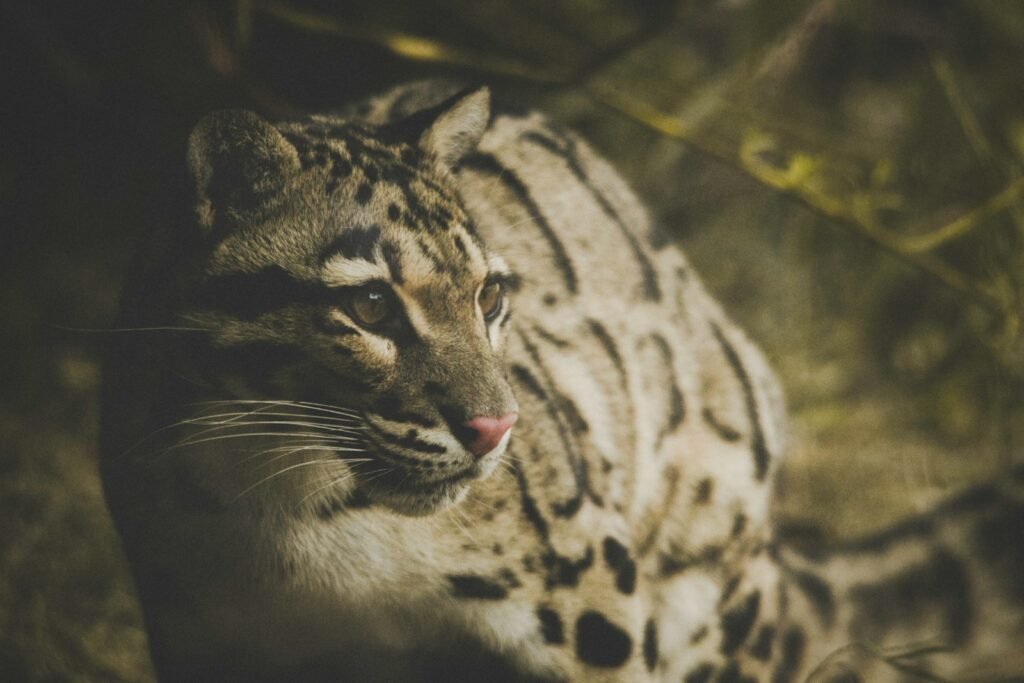
One of the most extraordinary features of nocturnal cats is their enhanced vision. Equipped with a high density of rod cells in their retinas, they can see in near-complete darkness. The reflective layer behind the retina, known as the tapetum lucidum, amplifies available light, granting these cats an unmistakable night vision edge.
Silen Stealth: A Predator’s Edge

The padded paws of nocturnal cats, such as the lynx, allow them to move silently, sneaking up on prey without a sound. This ability, combined with their sharp claws, makes them formidable hunters. Stealth is a crucial element of their nocturnal lifestyle, allowing them to ambush prey effectively.
Communication in the Shadows

Wild cats are often solitary animals, yet they display intricate communication methods. From the haunting roar of lions echoing across the savannah to the purrs and growls of smaller cats like ocelots, vocalizations are crucial for expressing territory, attracting mates, and warding off competition.
The Role of Scent in Night-Time Activities

Scent marking is a fundamental method of communication for many nocturnal cats. By rubbing their bodies against trees or spraying urine, they mark territories and signal reproductive status. This olfactory network operates efficiently, even when visibility is low.
Dietary Preferences and Hunting Techniques
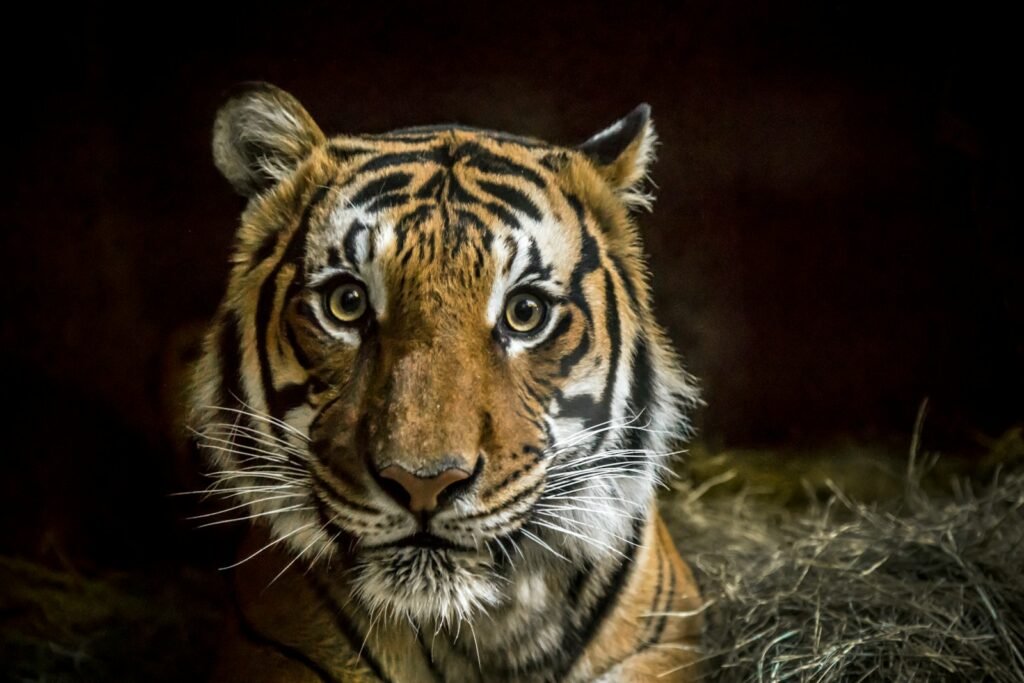
Nocturnal cats exhibit diverse dietary choices, ranging from the small rodents favored by wildcats to the large ungulates hunted by tigers. Their hunting techniques are adapted to their prey, whether it involves intricate stalking methods or strategic ambushes.
The Role of Whiskers in Navigation

The whiskers of nocturnal cats are more than aesthetic features; they are critical sensory tools. Sensitive to the slightest disturbances in the air, whiskers help cats navigate their environments with precision, especially in pitch-black conditions.
Parental Care and Behavioral Traits
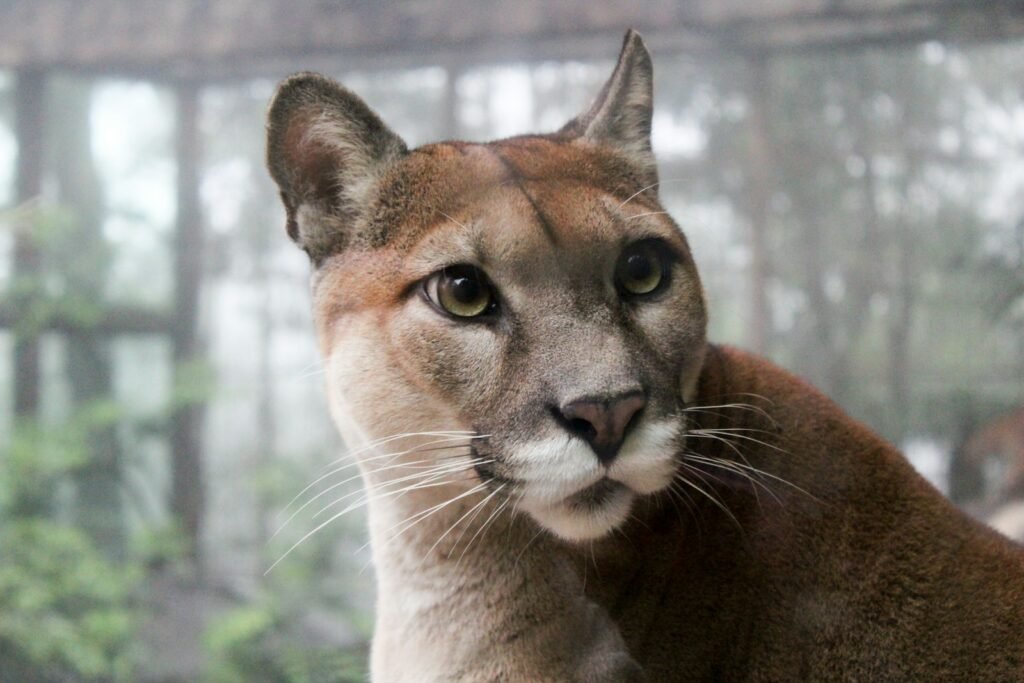
Nocturnal wild cats often portray remarkable maternal instincts. Species like the cougar demonstrate dedicated care towards their young, protecting and instructing them in hunting tactics essential for their survival.
Adaptability to Different Habitats

These night-time prowlers inhabit a wide range of environments, from dense forests to arid deserts. For instance, the sand cat of North Africa thrives in harsh desert landscapes, showcasing the adaptability of these animals to various ecological niches.
The Conservation Status of Nocturnal Cats
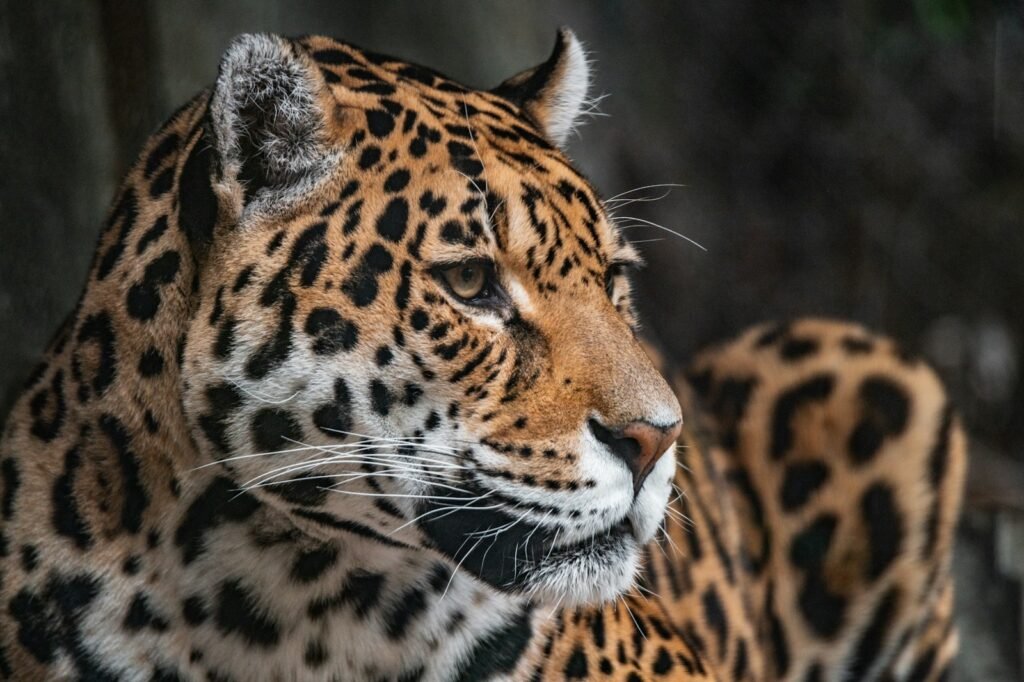
Many of these fascinating animals face threats from habitat loss, poaching, and human encroachment. Conservation efforts are critical in ensuring the survival of species like the snow leopard, which faces increasing risks from climate change and habitat fragmentation.
Human Impacts and Coexistence

Human expansion and activities pose significant threats to nocturnal cats. Conflicts arise from livestock predation and habitat destruction, demanding innovative conservation strategies that prioritize coexistence and habitat preservation.
Summary and Key Takeaways

The secret lives of nocturnal wild cats reveal a world rich with adaptive brilliance and survival strategies. From their enhanced sensory faculties to their intricate communication and survival methods, these remarkable animals are icons of nature’s ingenuity. Ensuring their conservation is crucial, not only for their survival but for maintaining the ecological balance they support. Understanding their behaviors encourages us to respect and protect these enigmatic rulers of the night.

Suhail Ahmed is a passionate digital professional and nature enthusiast with over 8 years of experience in content strategy, SEO, web development, and digital operations. Alongside his freelance journey, Suhail actively contributes to nature and wildlife platforms like Feline Fam, where he channels his curiosity for the Feline into engaging, educational storytelling.
With a strong background in managing digital ecosystems — from ecommerce stores and WordPress websites to social media and automation — Suhail merges technical precision with creative insight. His content reflects a rare balance: SEO-friendly yet deeply human, data-informed yet emotionally resonant.
Driven by a love for discovery and storytelling, Suhail believes in using digital platforms to amplify causes that matter — especially those protecting Earth’s biodiversity and inspiring sustainable living. Whether he’s managing online projects or crafting wildlife content, his goal remains the same: to inform, inspire, and leave a positive digital footprint.






